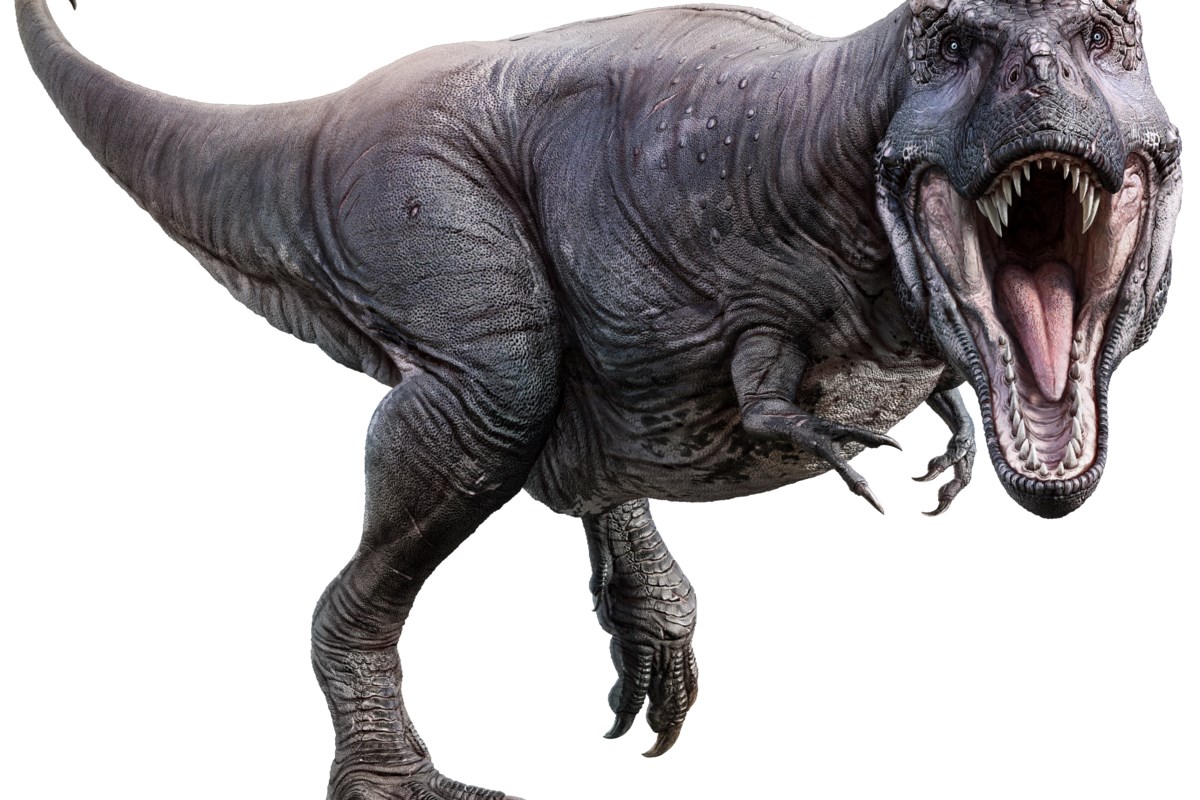At 50 years old when he died, a newly discovered dinosaur is one of the oldest records
This article by Thomas Cullen, Carleton University, originally appeared in Conversation and is reprinted here with permission.
The fossil record provides an amazing window into the endless life forms that have existed over countless ages. By studying ancient species and ecosystems, we can increase our understanding of what lived in the past and how the earth has changed compared to today. We can also use fossils to understand how evolution works and what is most likely to evolve under given circumstances.
This context makes Meraxes Gigasa newly named theropod dinosaur that is so important to our understanding of dinosaur evolution and biodiversity.
I was part of the international team of paleontologists led by Juan Canale from the Ernesto Bachmann Paleontological Museum that named and described Meraxes Gigas. The specimen was collected between 2012 and 2014 in rocks of the ~95 million year old Huincul Formation near Villa El Chocón, Argentina.
Top Predator
Meraxe is a large theropod, the group of bipedal, often carnivorous dinosaurs that includes birds, and a member of the family Carcharodontosauridae, making it a relative of dinosaurs Carcharodontosaurus, Giganotosaurus and Acrocanthosaurus.
The discovered specimen is about 11 meters long and its weight is estimated at about 4,200 kg. It has a proportionately large skull with quite a formidable set of teeth, along with long legs and large clawed feet, a powerful tail, and small arms and hands.
Likely a top predator, it co-occurred with other large theropods Scorpio Venatoralongside large herbivorous sauropod dinosaurs and smaller iguanadontic ornithopod dinosaurs.
Distant relatives
Meraxe is particularly remarkable in what it tells us about the evolution of size in dinosaurs. Its body plan – a large head and small arms – is very similar to that seen in tyrannosaurids Tyrannosaurus rexand abelisaurs like Carnotaurus.
These three groups of theropod dinosaurs are all distant relatives. Each independently developed both large body size and the combination of a large head and small arms.
We analyzed the evolution of these changes in these three groups by examining changes in arm size relative to other body measurements such as leg and body size. We found that not only did each group experience similar changes through evolution, but there appears to be a lower limit to how small the arms can be relative to the rest of the body. This may represent a developmental or mechanical limitation: the arm can only get so small relative to the body, regardless of other evolutionary constraints in that regard.
There are several possible explanations for the size of the arms; The forelimbs themselves may have retained some function despite their reduced size. Our data most directly support the idea that arm reduction in these groups of dinosaurs tracks other traits rather than itself being subject to evolutionary selection pressures. In other words, as the relative size of the skull increased over evolution, the size of the arms proportionally decreased as an evolutionary compromise.
growth charts
Another important thing Meraxe can tell us about dinosaur evolution in terms of growth and age. As a paleontologist, one of my specialties is using bone microstructure to understand the growth of extinct animals like dinosaurs. I am also studying how bone growth varies in individuals within and between species.
This involves cutting a bone in half (usually one of the long bones of the hind limb, like a femur or tibia), attaching a piece to a glass slide, and grinding that piece thin enough that you can transmit light to see the bone microstructure with one microscope on.
From here, changes in the bone tissue can be observed, telling us something about the physiology and relative maturity. We can also see annual growth marks, similar to tree rings. By counting these growth marks, measuring their positions over the bone, and analyzing them with statistical growth models, we can estimate not only how much an animal has grown from year to year, but also how old it was when it died.
Use this approach to learning Meraxewe were able to determine that it was probably about 50 years old when it died and that its skeleton had stopped growing about four years before it died. This would make it the oldest currently known non-avian theropod dinosaur and one of the oldest known dinosaurs.
We have also noticed that Meraxecompared to other gigantic theropods like Tyrannosaurusreached great size through very different changes in their growth. Meraxe grown over a longer period compared to its smaller relatives. Tyrannosaurus had a greater relative growth rate than smaller tyrannosaurid species, but reached adult size in a similar time.
Independent development
As a result, Meraxe and Tyrannosaurus provide a complex example of evolutionary convergence: both attained very large sizes compared to their relatives and independently evolved the combination of large skulls and small arms. But they did so through very different modifications to their growth patterns throughout life.
As we continue to study Meraxe and other dinosaurs, we will continue to deepen our understanding of the amazing biodiversity and changes throughout Earth’s history. And in doing so, we will also gain a better understanding of the mechanisms of evolution itself.
Thomas Cullen, Postdoctoral Fellow, Earth Sciences, Carleton University
This article was republished by The Conversation under a Creative Commons license. Read the original article.
#Newly #discovered #giant #dinosaur #similarities #TRex


Leave a Comment